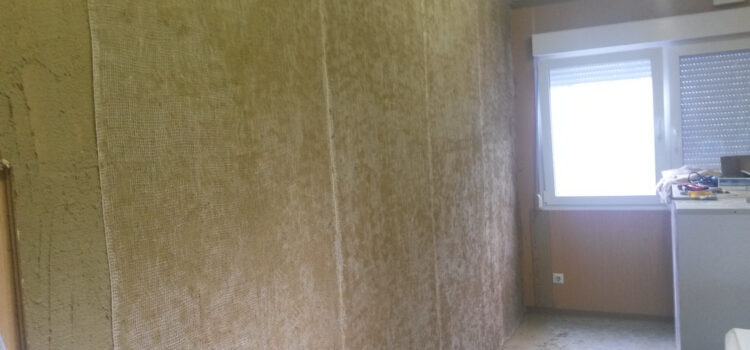
As I already wrote about in my previous post, the next step of re-doing my container is to put up a clay wall. Since pictures sometimes tell more than a thousand words, this one is going to be (mostly) a foto-story:

I had already bought the dry mixture for the clay. My decision in the bying process was random, because I can’t really tell the difference at the moment anyway. So first, I had to fix the soft fibre boards to the wall. The woman that had sold me the clay recommended I “stick” the boards on with clay. So I started mixing the sand-mixture with water – having no idea about the needed consistency, and started putting it on the soft fibre board (lying on the floor).
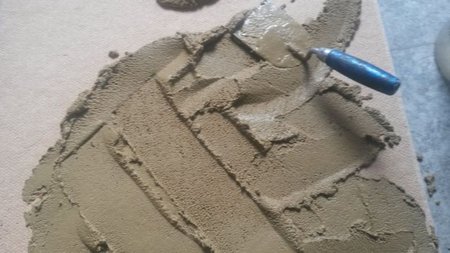
I started up with using little water, which led to a rather thick sheet of clay and also it was quite hard work to evenly put it on the board. Then I fixed it onto the existing wall with additional screws. With the soft fibre boards it is very important to be careful of how deep you drill it in, otherwise the screw drives through the board and does not fix anything. Also I wasn’t really sure about the jute mesh and if I also needed it for the “sticking on the wall” part. So I tried about half with the mesh, and half without.
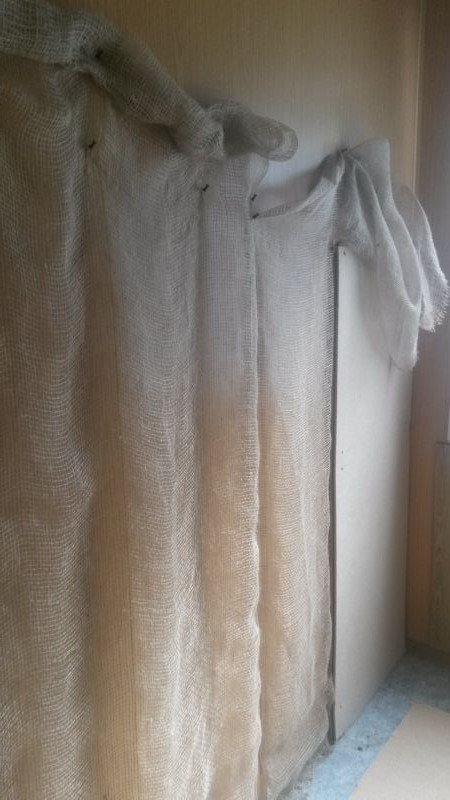
When I was finished, it looked like that:
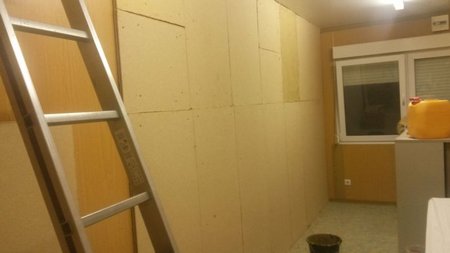
The clay between the soft fibre boards and the existing wall is not visible, but it’s about 2-4 mm thick. Next I tried to stuff the gaps between the boards with some rest of the wood fibre that was left over from cutting.
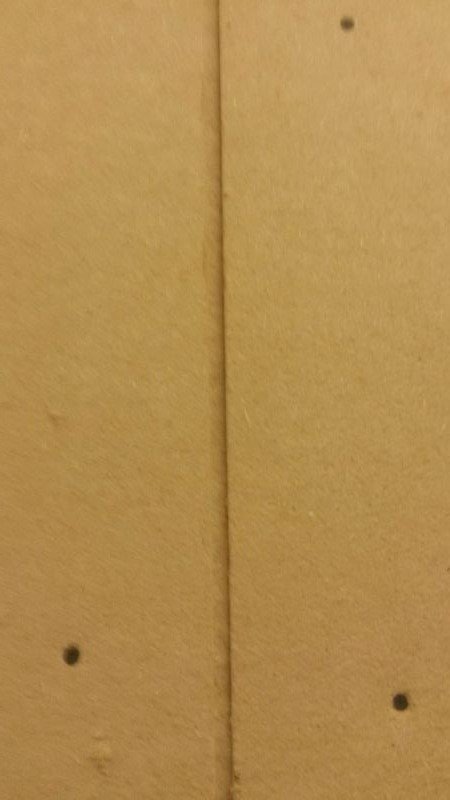

Then the first sheet of clay was applied directly onto the wall. There I was already using more water to have a more liquid consistency of the clay. Otherwise it would have been almost impossible to apply it onto the wall.
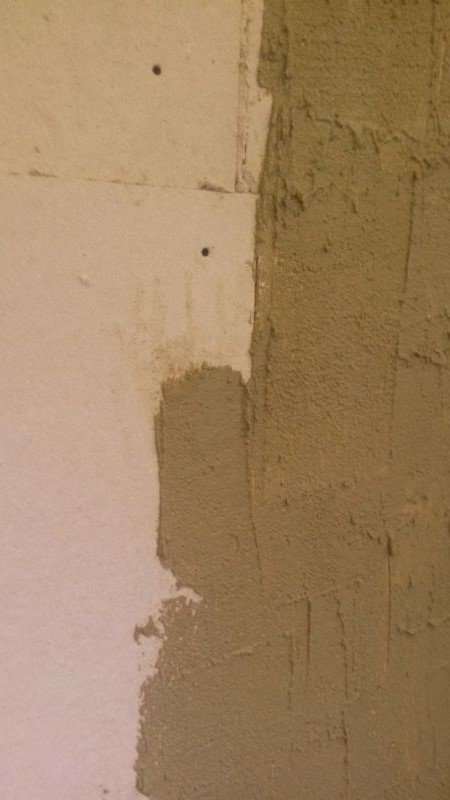
While the clay was still wet, I applied the jute mesh over it with a stapler gun
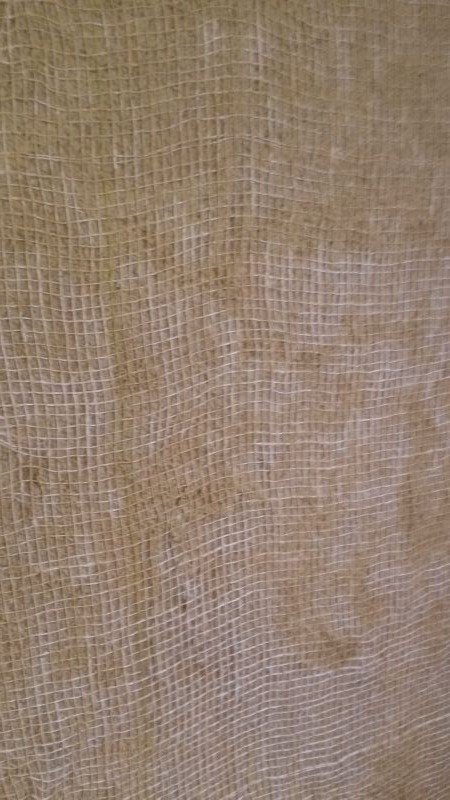
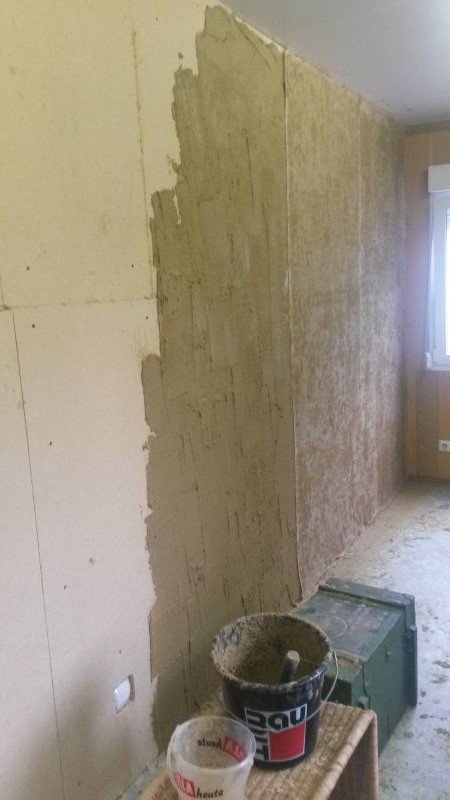
The next step was already to apply the outer layer of clay onto the jute mesh. This was much easier than the previous coat of clay, because it was held up by the mesh.
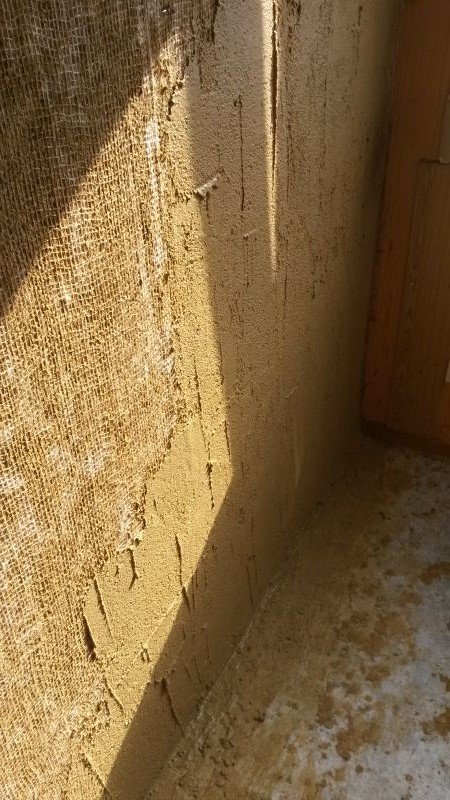
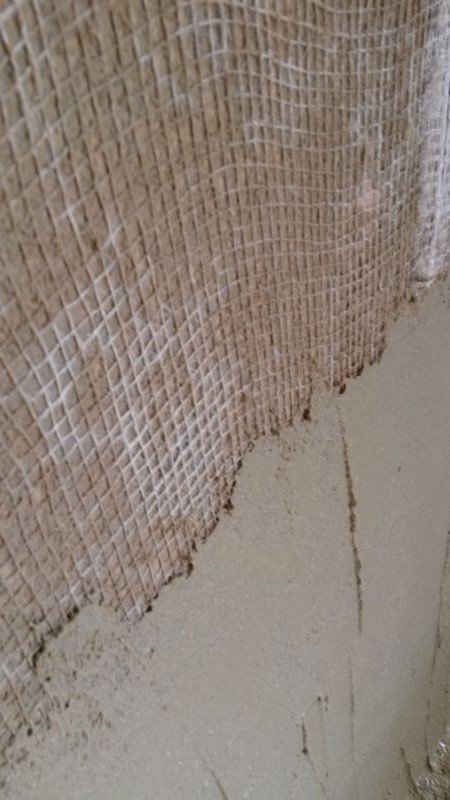
When I was finished with applying that outer layer of clay to the whole wall, it was still rather rough with a lot of lines from the tools (sorry for my finger).

With additional water, I tried to flatten the wall to give it a more homogenous surface.
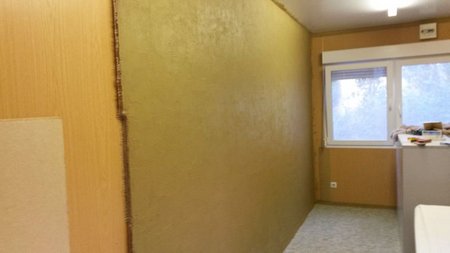
Then it was time for the wall to dry out. Having the windows open for air circulation, it took about a week for the wall to be dry. Then I put some special stabilizing liquid onto the wall with a brush (that was also recommended by the people where I got the clay from). I’m not completely sure if this is actually necessary, so since the amount of liquid I bought was only good for a little more than half, this is yet another experiment ;-). I’ll observe, if the part of the wall that was left without it somehow starts crumbling and let you know after some time…
What else is still to be done?
- parquett floor
- cork wall/wallpaper for the other walls
- composting toilet
- walls for the “bathroom”
- frame for the sink
- kitchen
- loft bed
- ???
What will be my next step? I haven’t finalized my decision, so it’ll be a surprise for all of us ;-).

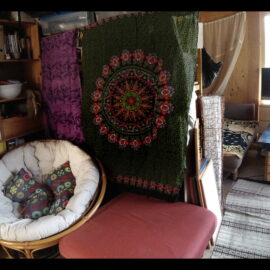

Pingback:Mein Tiny House Projekt läuft noch immer | adventures of wandering treechild
Pingback:Ich … pflanze … eine Wand | adventures of wandering treechild
Pingback:My tiny house project is still running - follow your wild heart
Pingback:I'm ... growing ... a wall - follow your wild heart